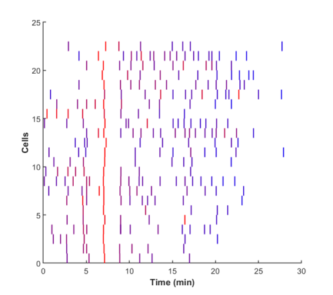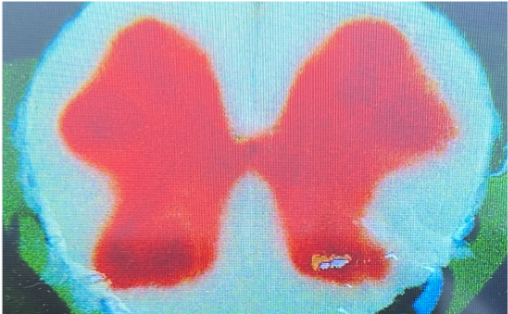About Us
It is a long established fact that a reader will be distracted by the readable content of a page when looking at its layout.

It is a long established fact that a reader will be distracted by the readable content of a page when looking at its layout.


Maintains native spinal cord architecture for physiologically relevant data
Improves predictive power for spinal cord-targeted therapeutics
Enables detailed study of motor neuron function and spinal signaling pathways
Supports a range of electrophysiological and molecular endpoint analyses
AnaBios human spinal cord tissue samples are a valuable resource for researchers investigating the central nervous system (CNS). Our proprietary tissue processing solution minimizes the ischemic cellular process breakdown, ensuring high-quality tissue with superior RNA integrity (RIN) scores. Unlike biobanks that may provide lower quality tissue, our spinal cord tissue is carefully characterized to ensure consistent, reliable results. With our tissue samples, researchers can investigate a wide range of applications in CNS research, from basic neuroscience to drug development and disease modeling. AnaBios provides the highest-quality human spinal cord tissue in the industry to help advance your drug discovery project.
AnaBios recovers human spinal cord tissue and cells in a highly viable state in order to probe the effects of compounds on spinal cord neurons. We have developed highly specialized recovery techniques to maintain tissue and cell viability such that the tissues can be sliced by vibratome and maintained in culture for weeks (organotypic culture).
Researchers interested in the transcriptomic or proteomic signature of human spinal cord can acquire flash frozen or fixed human spinal cord samples at specified vertebrate levels with confidence that the tissue quality remains at the same level as human spinal cord used for organotypic culture.
Maintenance of viable human spinal cord tissue samples and cells is critical to generating high-quality transcriptomic or proteomic data. Initiation of ischemic insult associated with the surgical recovery of human organs can trigger necrotic and apoptotic pathways that degrade RNA and proteins.
AnaBios checks the quality of RNA in recovered human tissue samples from each donor by extracting the RNA and assessing the amount of degradation through the RNA Integrity Number (RIN).
An Agilent Bioanalyzer, the agreed gold standard for RNA integrity determination, is used to create RIN score. The average RIN score for human spinal cord tissue recovered by AnaBios is greater than 9, while the threshold for high quality RNA for use in expression analysis is 7.
The left panel of Figure 1 (see below) shows calcium-sensitive fluo-8 fluorescence from neurons in a spinal cord slice. 30μM bicuculine was added, causing spontaneous calcium oscillations as exhibited in the right panel of nine identified neurons (arrows in left panel).

In a separate experiment, spontaneous calcium activity was recorded in a spinal cord slice. Figure 2 (see below) shows a raster plot with sticks identifying the time location of the peaks of spontaneous calcium transients. 1μM TTX was added at 20 minutes which caused an inhibition of the spontaneous transient.


The spinal cord section in Figure 3 (above), is magnified in Figure 4 (below), with a subsection showing detailed spinal lesion. (Images courtesy of Michael Iadarola, Matthew Sapio)


In the short video above, Fluo-8 loaded cells in the human dorsal horn can be seen. In the image above is a human spinal cord slice cut on a Leica vibratome and stained with TTC, which is a colometric marker for active mitochondria and a marker of viable neurons. In this section, TTC marks the spinal cord’s white matter. (Photo credits: Tamara Cotta, AnaBios)
Preserved human spinal cord tissue samples can be used to support proteomic and transcriptomic studies of the human spinal cord. Spinal cord samples are flash frozen, preserved in RNAlater or fixed by formalin- based solutions. These human tissue samples can be used for bulk extraction of RNA or for proteomic and expression analysis; or they can be processed for RNAscope or immunohistochemistry.

To inquire about products, services and pricing, please go to the ‘Contact Us’ page by clicking the button below.
To request a quote for human spinal cord tissue tissue from AnaBios, please complete the form below. We will respond to you in 24 business hours.